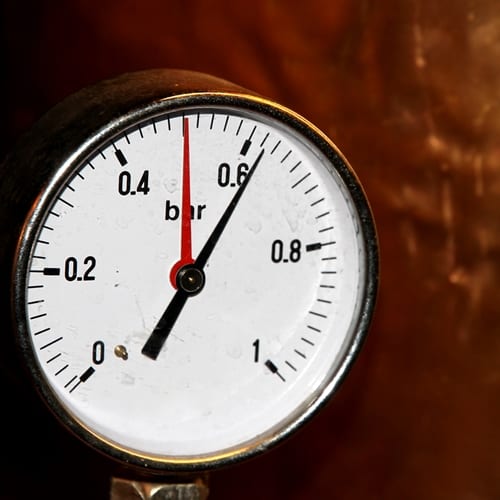Anyone working with commercial divers should know the term "dysbarism" and what it means. As the United States Department of Labor's Occupational Safety & Health Administration (OSHA) explains, it's a word that stands for a variety of related health problems that divers could face while submerged.
Depending on the pressure level that the diver is working in and how long they are exposed to severe conditions, different dysbarisms may occur. If a worker suffers one during an important dive mission, this could affect the performance and stability of the operation in general.
As the site notes, decompression sickness, commonly referred to as "the bends," is widely known, but there are other kinds of symptoms and dangers that divers could exhibit in extreme circumstances. Gas bubbles can lead to bone lesions on the body, and could appear in a person's joints as well as their longer bones.
What can reduce risks for divers? OSHA recommends using a set schedule based on official government diving manuals to help coordinate ascension rates with regularity. Proper training also helps underwater personnel respond to different kinds of pain associated with diving.
"Divers should be trained to detect blocked sinuses and not dive with a cold or an allergic inflammation," the source reads. It also states that "active divers should be trained to clear their ears every two feet, and to stop and rise back up a few feet before attempting to clear a blockage." If gas within the body expands too rapidly, a person's lung could rupture.
With commercial diving insurance, businesses will have financial support to help them weather a possible employee-related catastrophe. Comprehensive insurance options could address possible risk situations that diving outfits might find themselves in, a necessity when dive crews are exploring in low depths.

